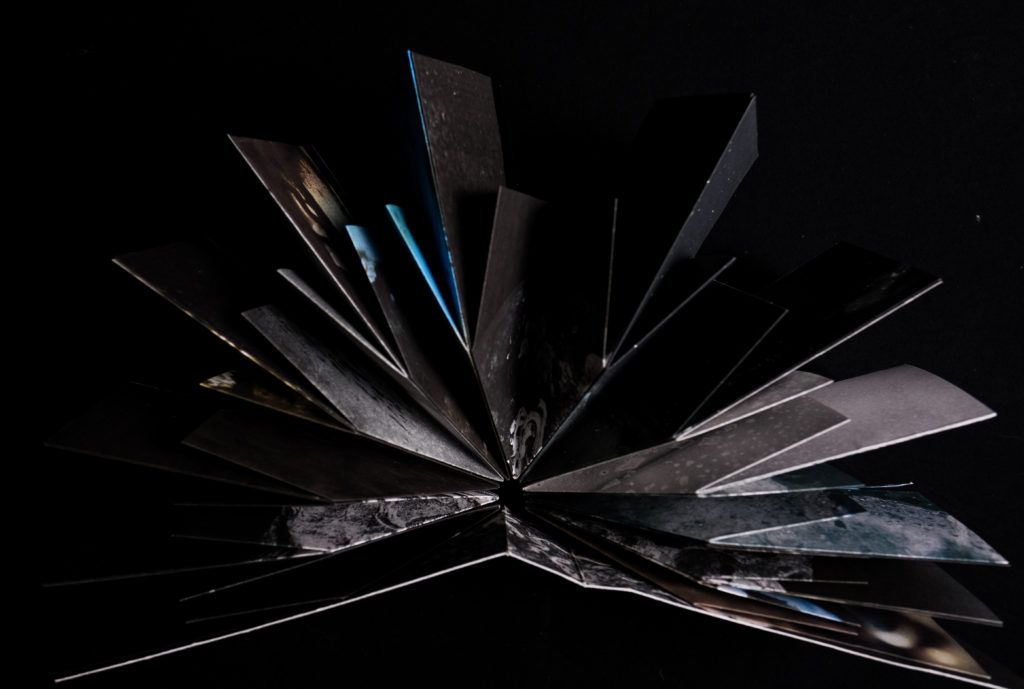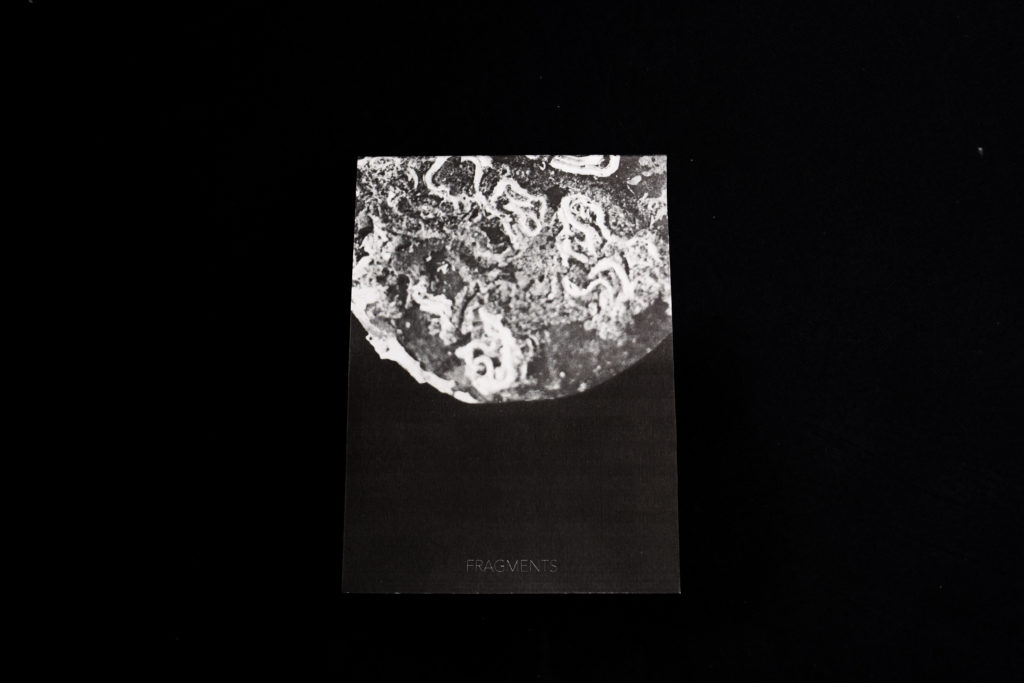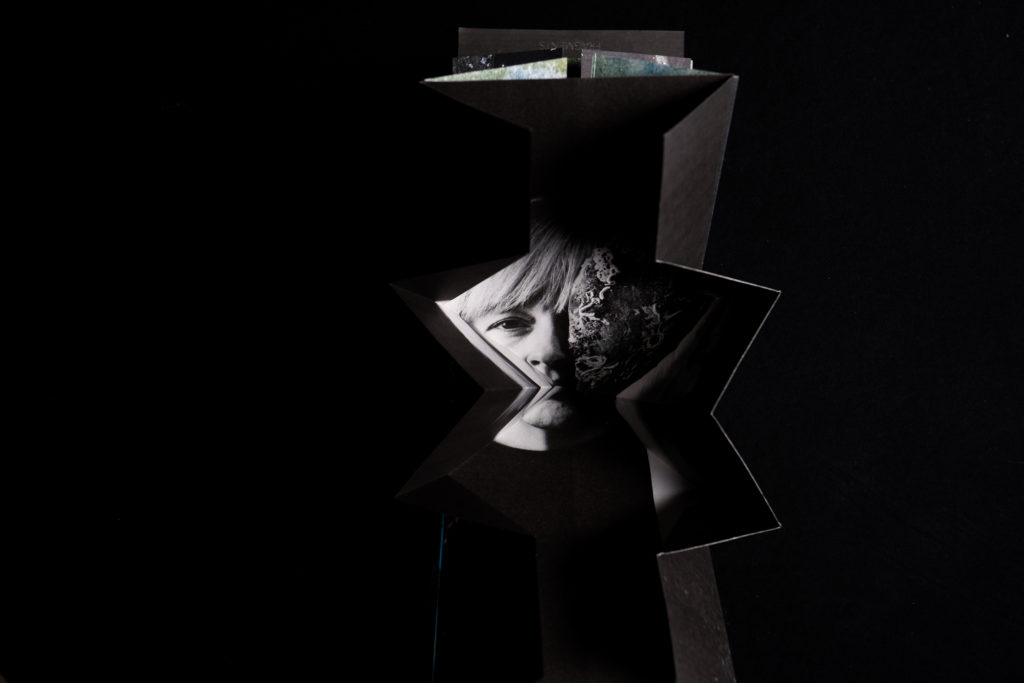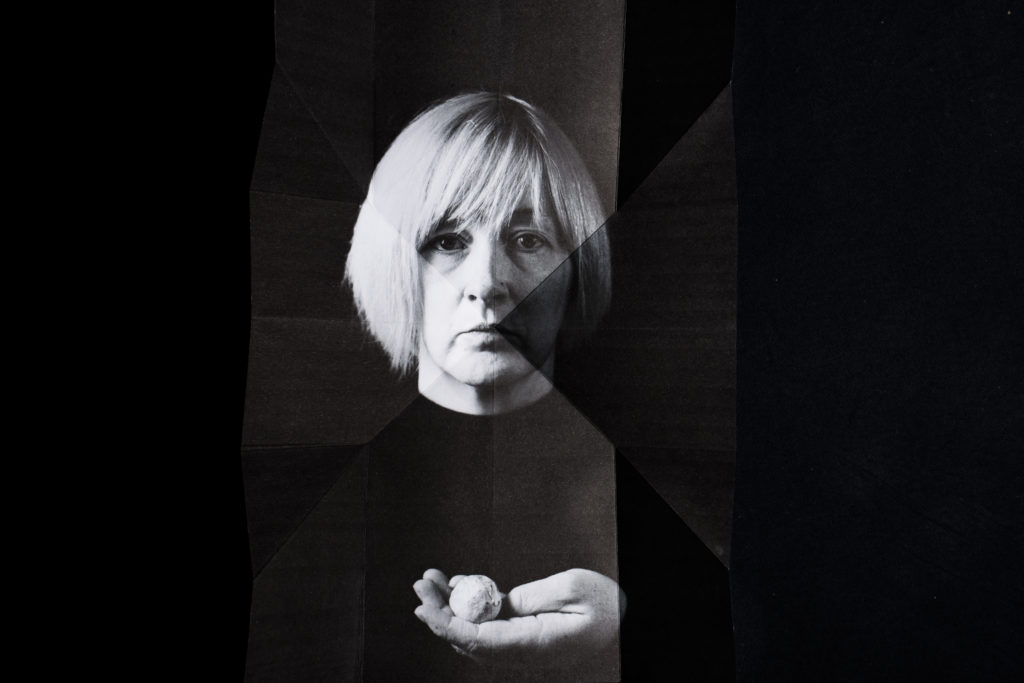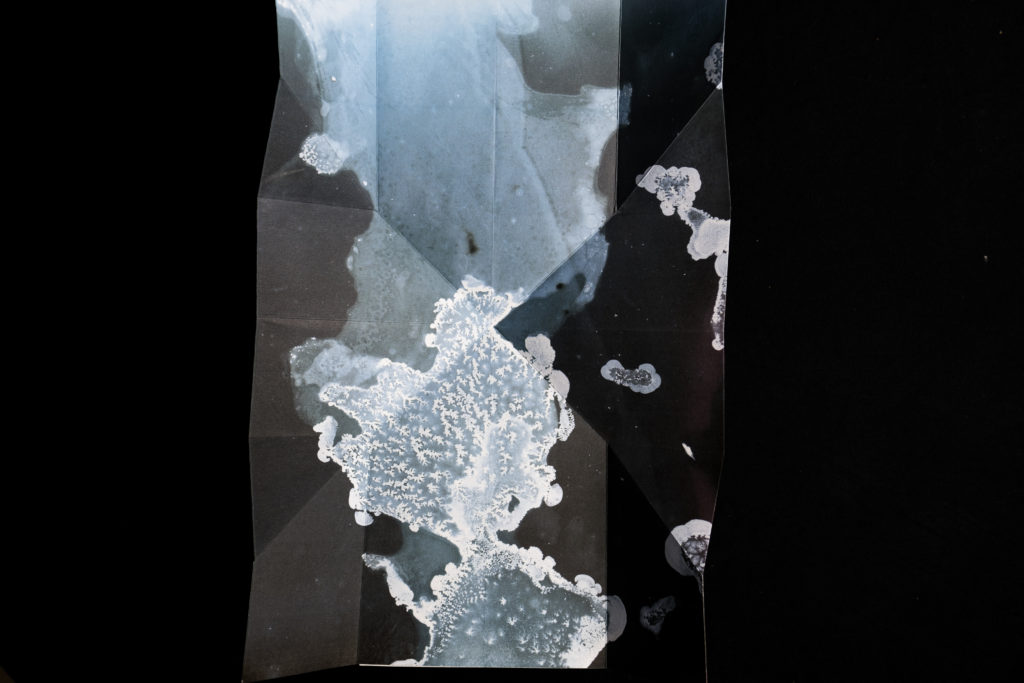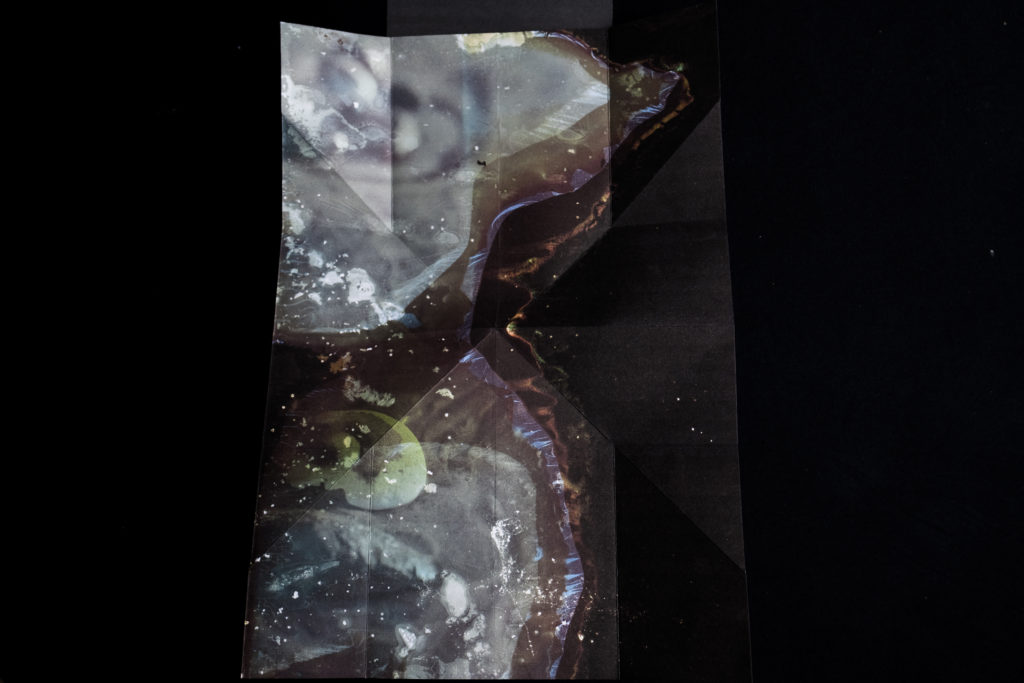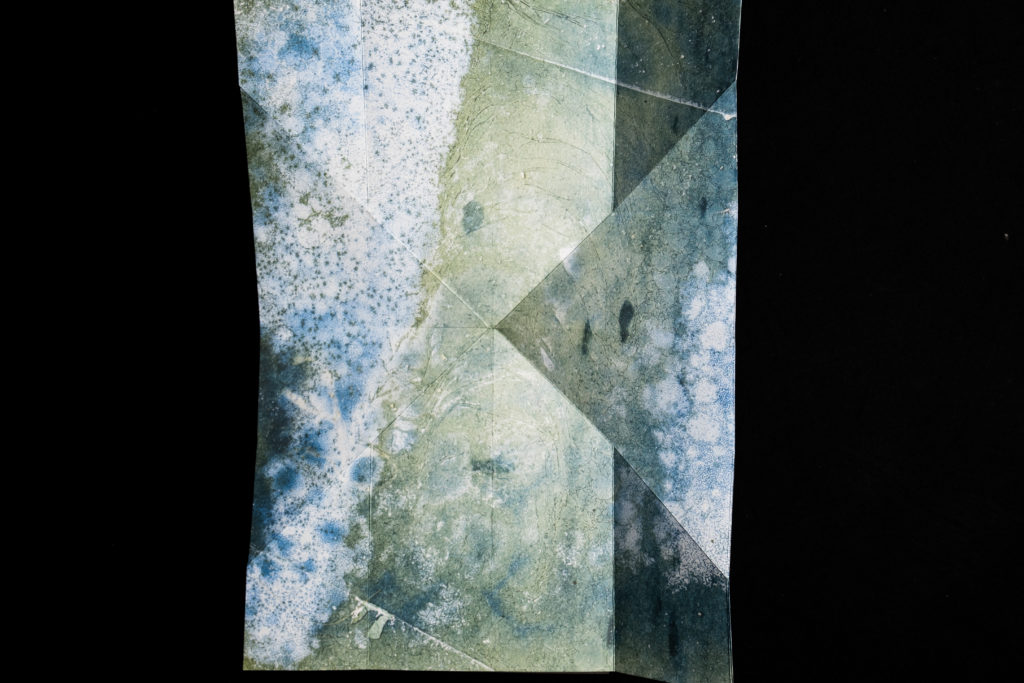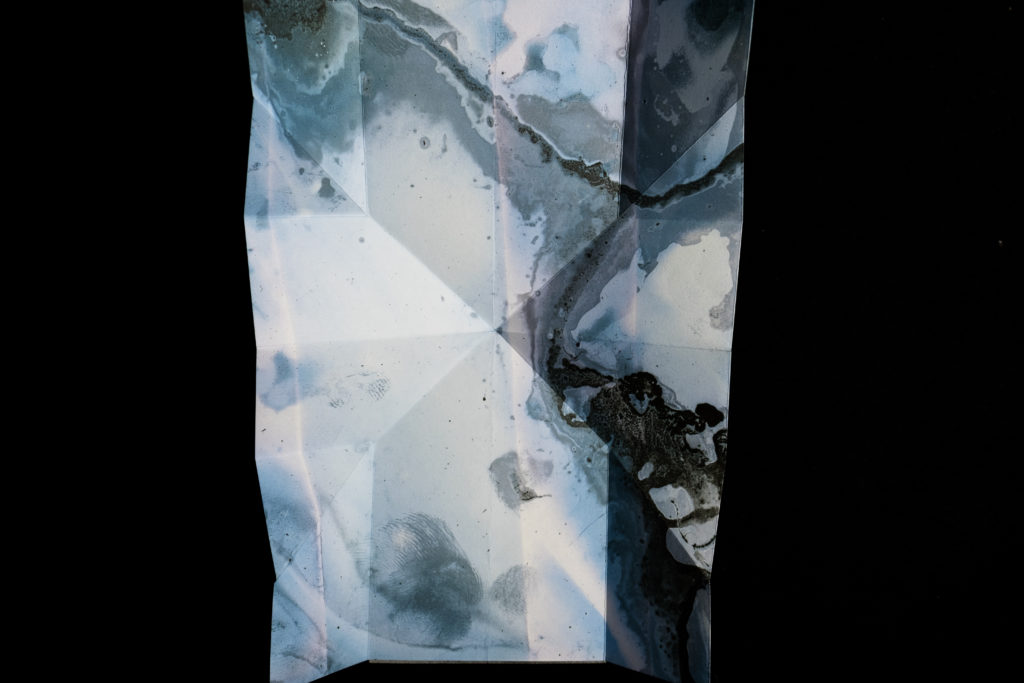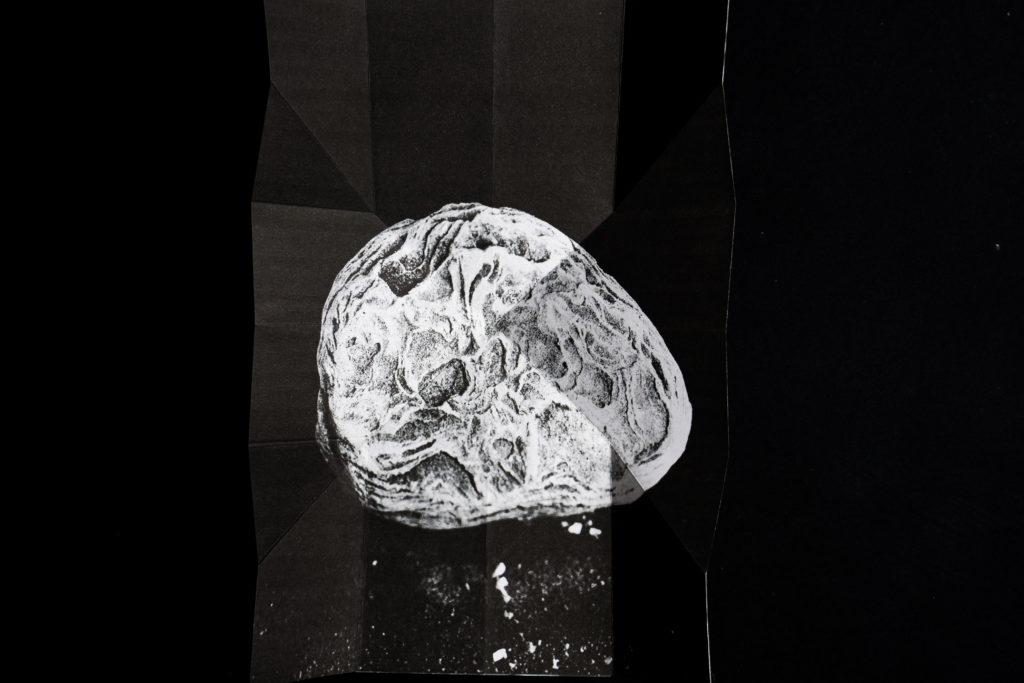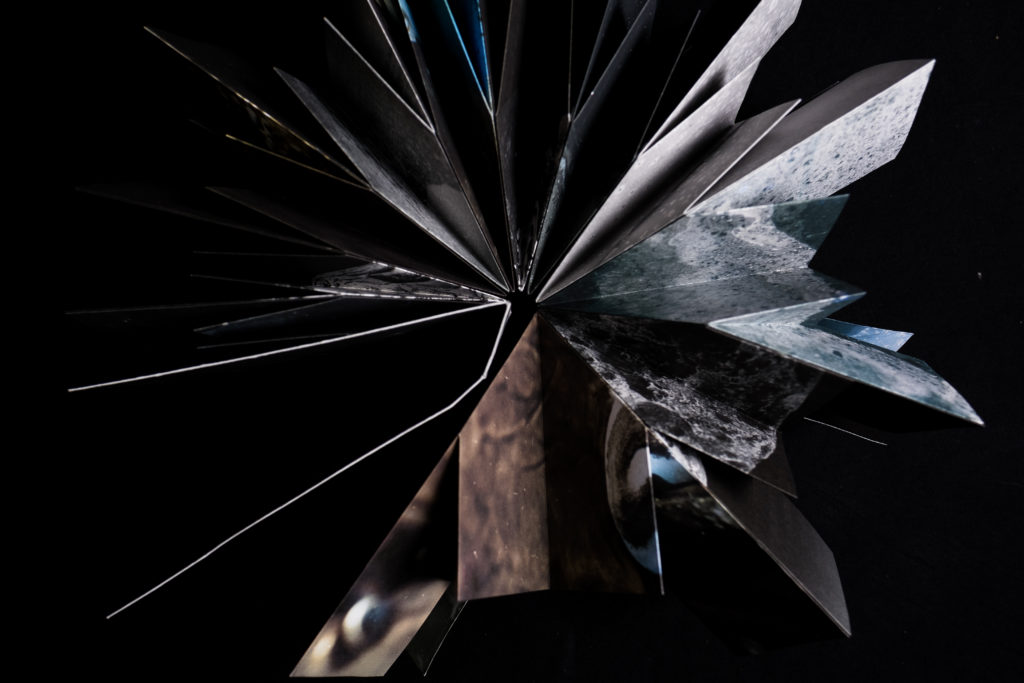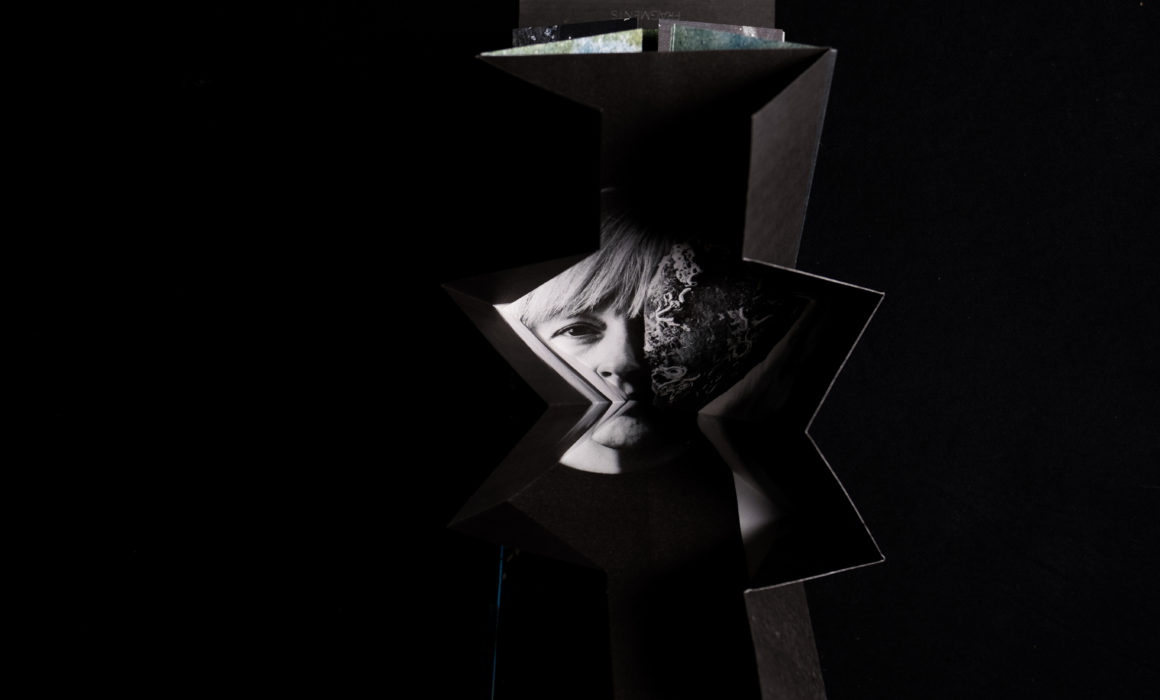FRAGMENTS: An exploration of the abstracted nature of memories and associations of the sea
“Fragments tremble at the threshold between wholeness and partialness; the fragment engages the mind in imaginative reconstruction … [they] exist not only at the spatial threshold, but also temporally.” (Bowring 2017: 109)
Fragments is a photographic sculptural book exploring the abstracted nature of memories and associations of the seascape, mapping the time and space of the internal mindscape, unrestricted by geographic boundaries or temporal chronology.
It considers the metamorphic affect of time, memory and nostalgia on our relationship to, and experience of, the seascape.
Using objects scavenged from the strandline, with a recurring motif of rocks – symbolic as fragments of space and time and the paradox of constancy and flux – the series examines notions of abstracted memories and the threshold between the internal sense of the world and the external physicality. The series creates new, fragmented and reconstructed, otherworldly landscapes as a metaphor for the internal mindscape, mapping the transition from durational experience to deep-seated nostalgic associations.
Evoking an essence of remembered and half-recalled experiences and sense of place, abstract and semi-abstract imagery embeds the sea itself through the use of seawater in the process, leaving its imprint on the final image. Exposed negatives, negative photograms and polaroid images are soaked in seawater, documenting a process of distortion and deterioration as a metaphor for the impact of time on memories, peeling away the layers of emulsion, leaving only fragments of the original. The traces remaining in the final image map the conversation with time and the threshold between external experience and internal reconstructed memory.
Punctuating the ethereal quality of the colourful abstract imagery, seaweed developed black and white images of artefacts from the seascape act as totemic signifiers, their alienation from the natural environment underlined through the absence of colour. These solitary still life objects “invested with something of the inner experience” (Townsend 2016: 209) are interspersed with self-portraits incorporating the artefacts, performatively obscuring or revealing the face, symbolically referencing their significance as transitional objects or memory placeholders and placing the self back in the recollected sense of the seascape.
Presented as a sculptural ‘map’, the piece unfolds revealing and obscuring fragmented imagery that continuously shifts as the viewer moves through it, much in the way that both the physical seascape is in constant flux and time folds in on itself within the mind’s eye, creating new touchpoints and an ever-changing temporal space. Creating a transitional space where past, present and future can co-exist, the ‘map’ does not unfold to flatten and reveal the contours of the landscape or enable the viewer to find their way – images are deliberately untitled in their assembled format, without borders, frames, numbered pages or text to orientate the viewer – but instead enables a glimpse into the evolving mindscape, where it is impossible to ground yourself and where time loses its linear perspective, enabling the viewer to immerse themselves, not in the sea itself, but in the memory of the seascape.
